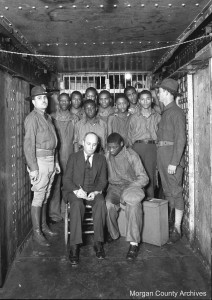 Featuring photographs from the trial of Haywood Patterson in Decatur, Ala., the installation sheds light on this significant episode in American history. Haywood Patterson was one of nine black youths who traveled by train from Chattanooga to Memphis, seeking employment, and were later accused of raping two white women also traveling on the train. All nine were arrested and jailed in Scottsboro, Ala. Two weeks later, they were tried in perfunctory proceedings with no effective legal representation and sentenced to death.
Featuring photographs from the trial of Haywood Patterson in Decatur, Ala., the installation sheds light on this significant episode in American history. Haywood Patterson was one of nine black youths who traveled by train from Chattanooga to Memphis, seeking employment, and were later accused of raping two white women also traveling on the train. All nine were arrested and jailed in Scottsboro, Ala. Two weeks later, they were tried in perfunctory proceedings with no effective legal representation and sentenced to death.
After a public outcry and a successful appeal to the U.S. Supreme Court, the defendants were granted new trials in Decatur, Ala. For seven years, the Scottsboro Boys endured a series of trials they could not win. All but the youngest member of the group, whose ages ranged from 13 to 19, were sent to death row after accusations from the women (which later proved false) and convictions by all-white juries. The case became synonymous with racial injustice and set important legal precedents, including a Supreme Court decision that outlawed the practice of systematically excluding African Americans from juries.
The black and white photographs taken during the retrial of Haywood Patterson come from the estate of Fred Hiroshige, who worked as a photographer in Decatur for decades. This inside look highlights an important chapter in the struggle for racial justice in the South and its continuing relevance to our lives today.
The following free public programs will explore the historical significance of the trial itself, as well as the important role Jewish activists played in the case, and how racism continues to taint our criminal justice system today:
The exhibit The Scottsboro Boys: Outside the Protective Circle of Humanity was curated by the Morgan County Archives. In 1998, the Morgan County Commission acquired photographs from the estate of Fred Hiroshige, who worked as a photographer in Decatur for decades, for the permanent collection of the Morgan County Archives. Some of the images have been used in documentaries and publications, but many are on public display for the first time in this exhibition.
For more information on this exhibit and related programs, contact Rachel Jarman Myers at the ISJL (601-362-6357) or Robert Luckett at the Margaret Walker Center (601-979-2055). You can also visit www.isjl.org and www.jsums.edu/margaretwalkercenter.



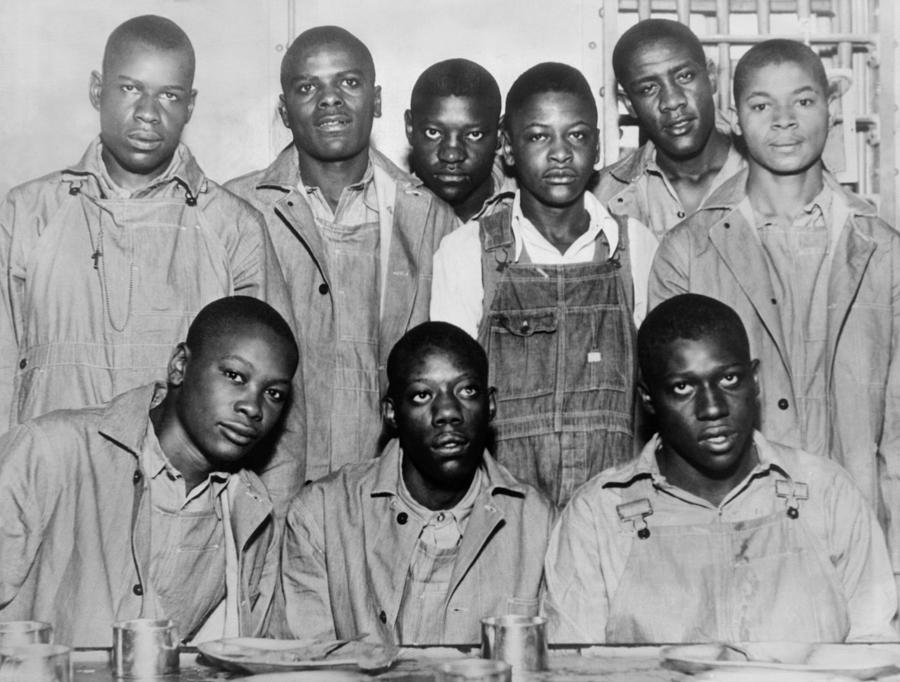
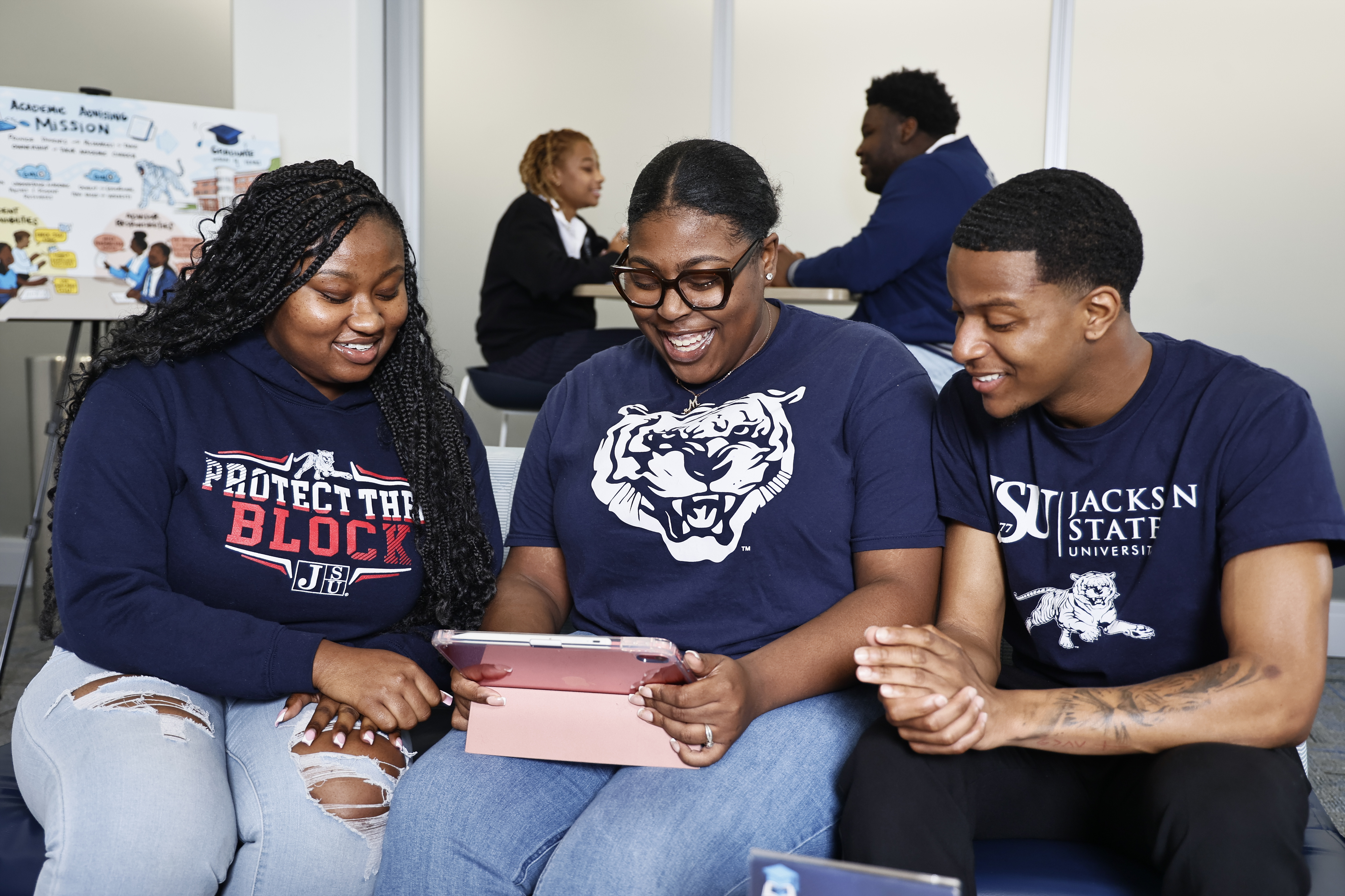
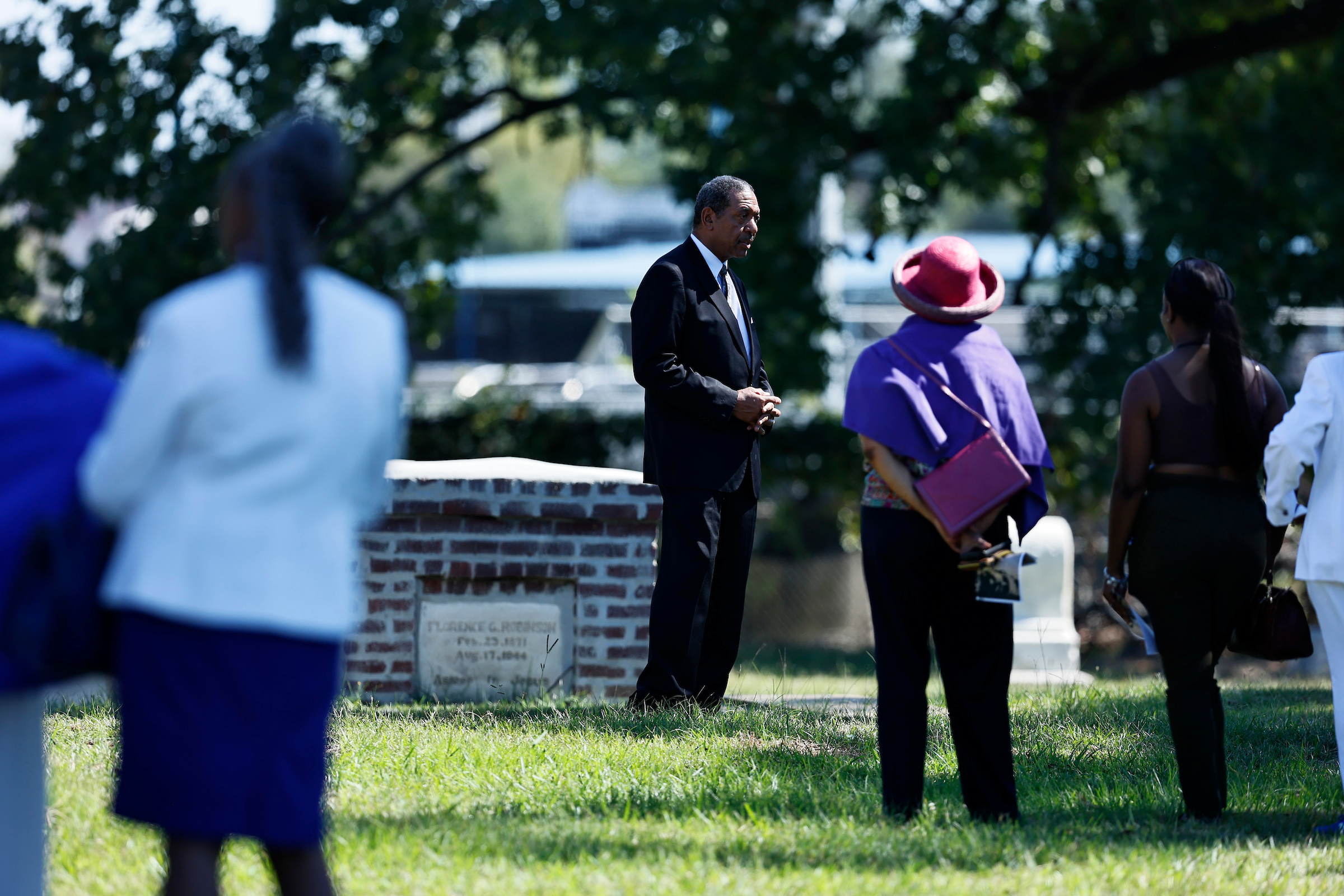
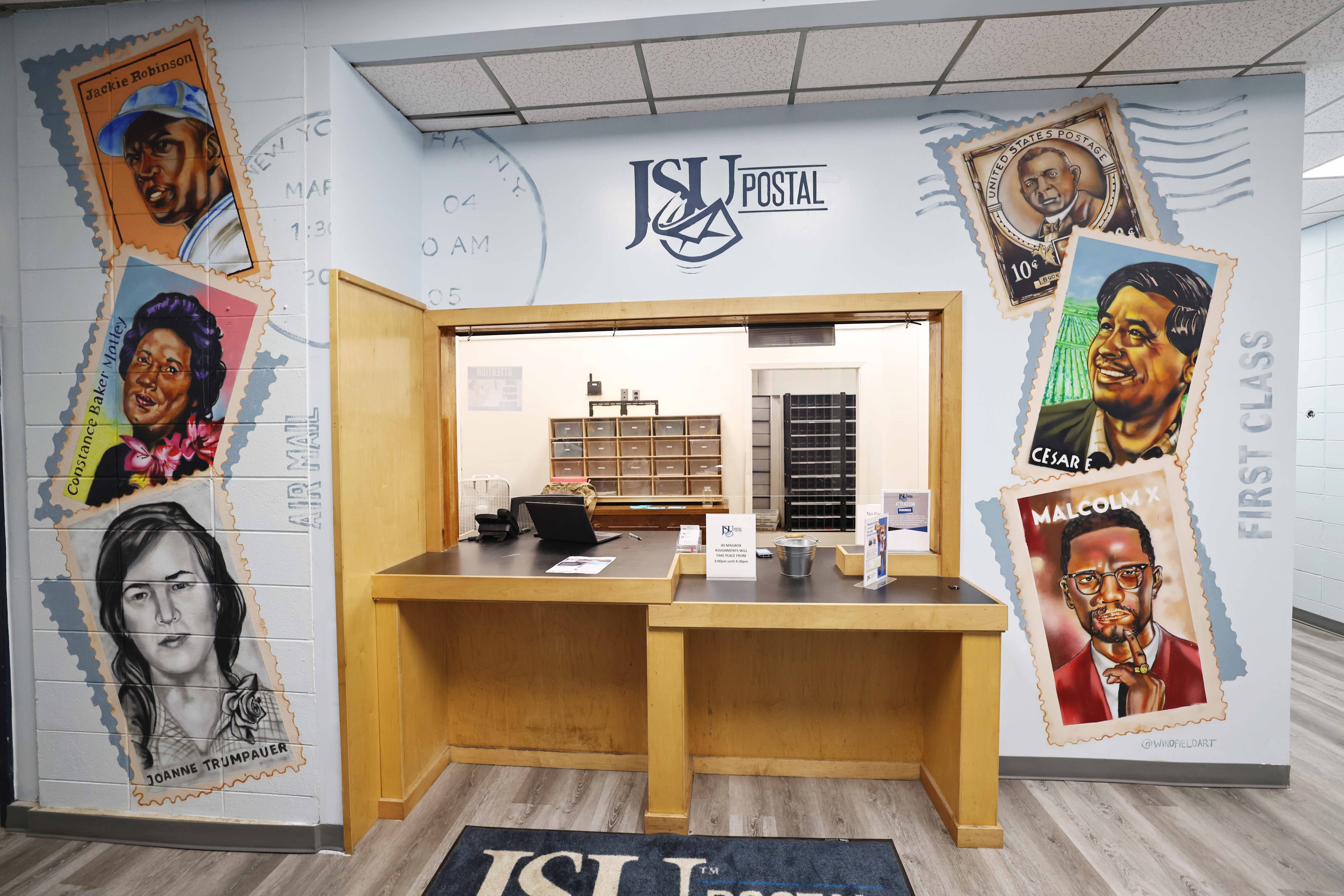
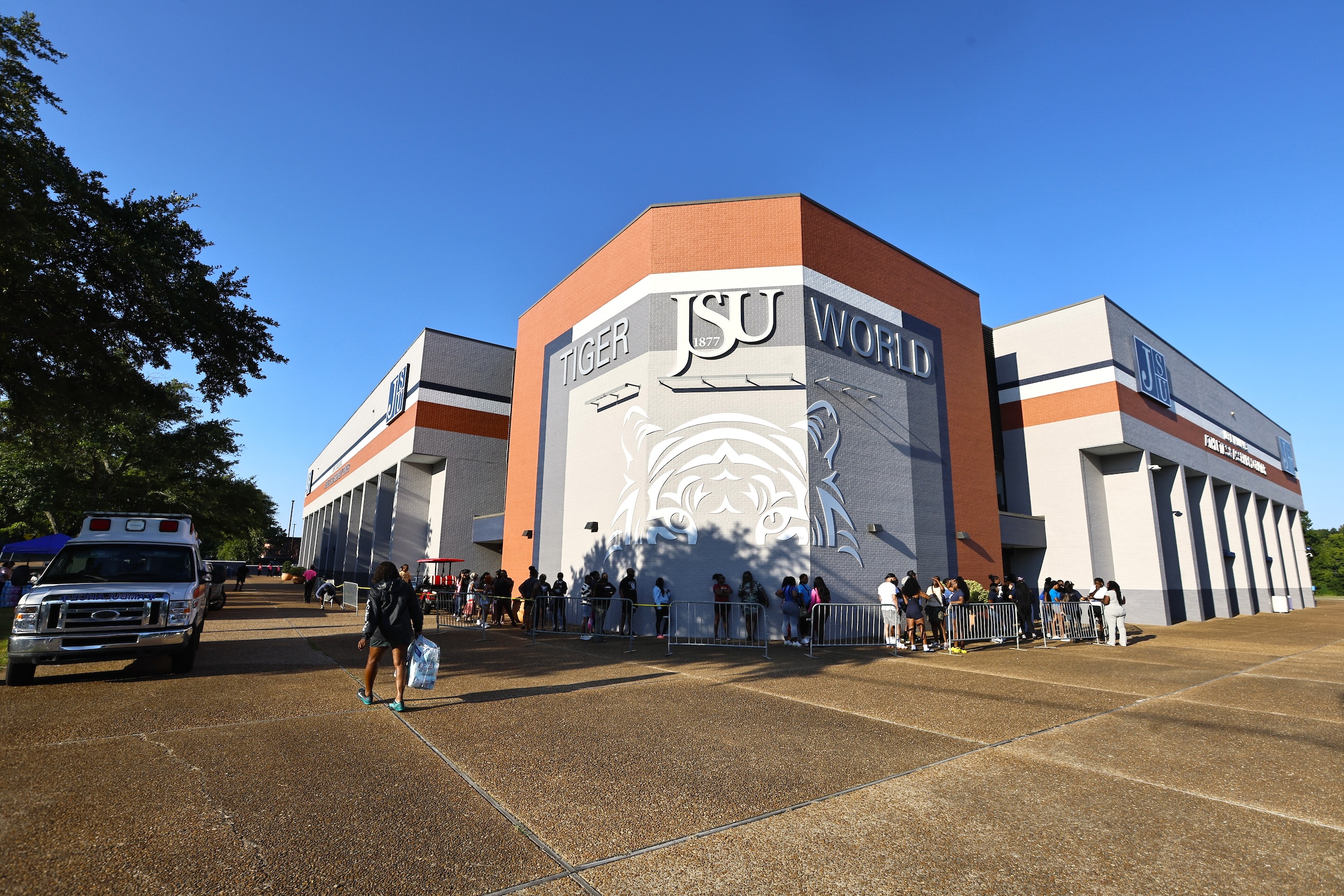
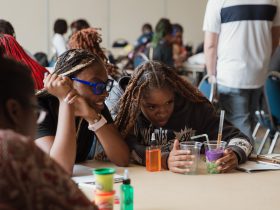

Leave a Reply